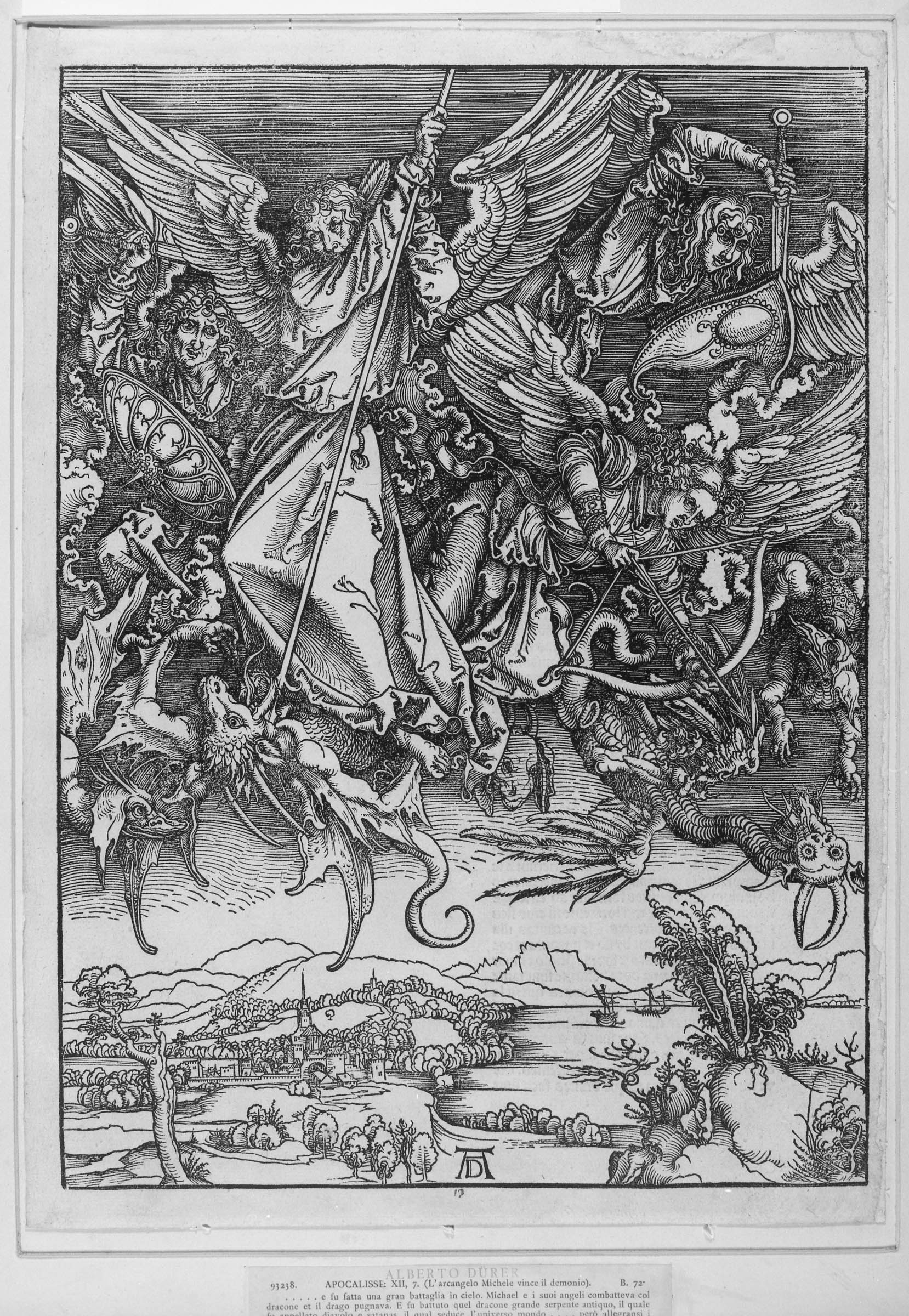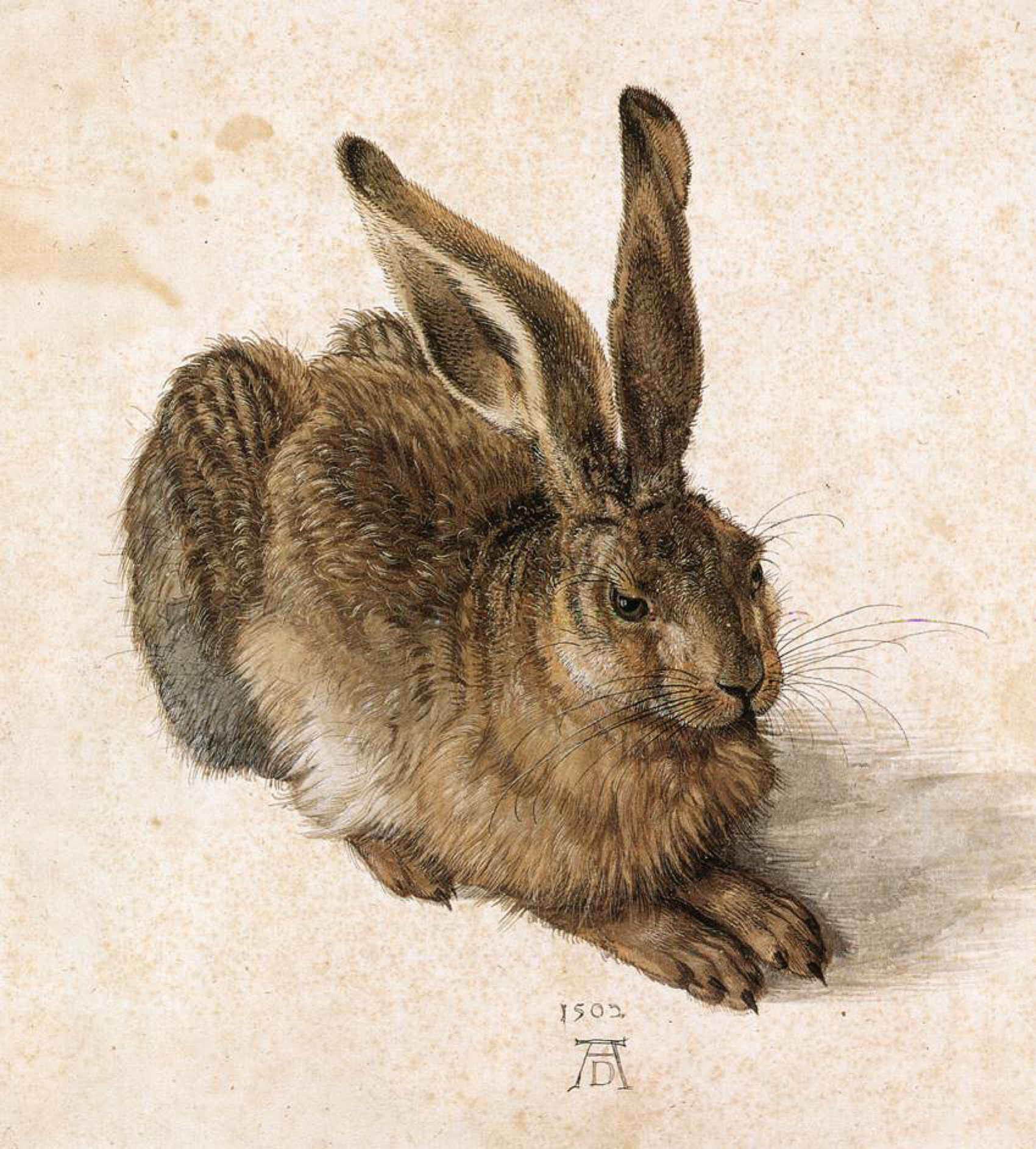Opere di Dürer: quali sono e dove vederle
Conosci le opere di Dürer e il motivo per cui è considerato un artista geniale?
In questo post voglio farti conoscere i capolavori di Albrecht Dürer, un maestro del Rinascimento nordico e famoso per il suo approccio rivoluzionario all’arte.
Nato a Norimberga nel 1471, Dürer ha lasciato un’impronta indelebile nel mondo dell’arte non solo come pittore, ma anche come incisore di eccezionale talento. Figlio di un orefice, apprese le tecniche di incisione sia su legno che su metallo, sfruttandole per creare opere straordinarie.
Le opere di Albrecht Dürer: genio del Rinascimento Nordico
La vita artistica di Albrecht Dürer, arricchita da due soggiorni in Italia, si caratterizzò per l’influenza del colore dell’artista veneziano Giovanni Bellini e del naturalismo di Leonardo da Vinci.
La maggior parte delle sue creazioni furono realizzate a Norimberga, dove visse fino alla fine dei suoi giorni e dove creò le sue opere più significative, quelle che hanno contribuito a renderlo un’icona dell’arte europea.
Ecco le sue opere più importanti e dove ammirarle.
1. AUTORITRATTO
Albrecht Dürer si è ritratto ripetutamente nel corso della sua vita, iniziando con un semplice schizzo a carboncino a 13 anni, proseguendo con un autoritratto di profilo a 22 anni dedicato alla sua futura moglie Agnes Frey, e culminando nel suo autoritratto più celebre, in cui l’artista appare all’età di 28 anni.
In questo celebre autoritratto, Dürer si dipinge con abiti lussuosi e guanti di capretto, assumendo una posa tipica dell’aristocrazia.
Realizzato nel 1498, questo quadro riflette la sua fama e la sua vita agiata. L’autoritratto di Dürer lo si può ammirare visitando il Museo del Prado a Madrid.
2. LE INCISIONI
Nei suoi primi anni, Dürer si dedicò principalmente alle incisioni e alla stampa.
La sua serie “Apocalisse”, composta da 15 xilografie create tra il 1496 e il 1498, rappresenta l’apice della sua tecnica incisoria. Queste opere, caratterizzate da un marcato contrasto tra bianco e nero e una sorprendente ricchezza di dettagli, illustrano il libro “L’Apocalisse di Giovanni”.
In particolare l’incisione della foto, che descrive San Michele che combatte il drago, è conservata presso la Staatliche Kunsthalle di Karlsruhe.

https://www.theartpostblog.com/wp-content/uploads/2023/12/img-San-San Michele che combatte il drago di Dürer
3. IL CAVALIERE, LA MORTE, IL DIAVOLO
L’opera “Il Cavaliere, la Morte e il Diavolo”, realizzata con la tecnica dell’incisione a bulino, rappresenta una potente allegoria della ricerca della virtù morale. A differenza di altre sue opere precedenti, qui Dürer utilizza le ombre in modo più pronunciato, diminuendo il contrasto tra bianco e nero.
L’immagine del cavaliere, protetto dalla sua armatura (simbolo della fede), che sfida il diavolo e ignora la Morte, rimane una delle sue rappresentazioni più intense della storia dell’arte.
L’opera è custodita presso la Staatliche Kunsthalle di Kahrlsruhe.
4. LEPROTTO
L’acquerello di Dürer che rappresenta un Leprotto dimostra l’amore dell’artista per gli animali.
Realizzato su cartoncino, con questo disegno l’artista intende descrive nei minimi dettagli un Leprotto, usando sfumature di colore e pennellate che sembrano dare vita all’animale.
Sotto le zampe di questa lepre è visibile il monogramma dell’artista, segno distintivo della sua opera.
Questa opera di Dürer è conservata presso il museo Albertina a Vienna.

Leprotto di Dürer
5. ADAMO ED EVA
Al ritorno dal suo secondo viaggio in Italia, Dürer dipinse due tavole ad olio raffiguranti Adamo ed Eva. Queste opere di di Dürer, contrassegnate dal monogramma dell’artista, evidenziano il suo interesse per lo studio delle proporzioni umane piuttosto che per i temi religiosi. I corpi di Adamo ed Eva sono slanciati e descritti minuziosamente.
Confrontando questi dipinti con un’omonima incisione realizzata in precedenza, si nota un’evoluzione verso una maggiore armonia nelle forme.
Adamo ed Eva di Dürer sono esposti presso il Museo del Prado a Madrid.
Queste opere di Dürer non solo hanno reso il suo nome famoso in tutta Europa, ma hanno anche tracciato un percorso innovativo nell’arte del Rinascimento, dimostrando come la passione e il talento possano trascendere i confini del tempo e dello spazio.
Attraverso il suo lavoro, Dürer ha lasciato un’eredità che continua a ispirare artisti e amanti dell’arte in tutto il mondo.
Seguimi su:
About me
In questo blog non ti spiego la storia dell’arte, ma racconto le storie di cui parla l’arte


